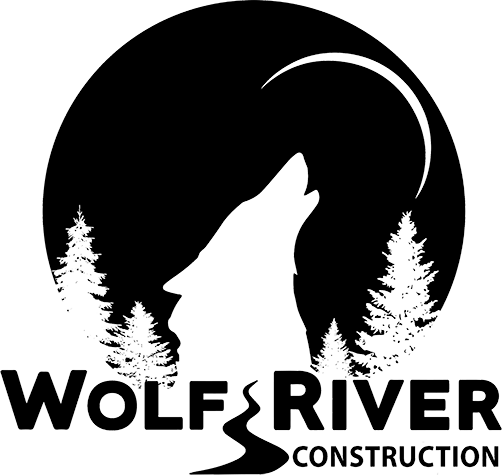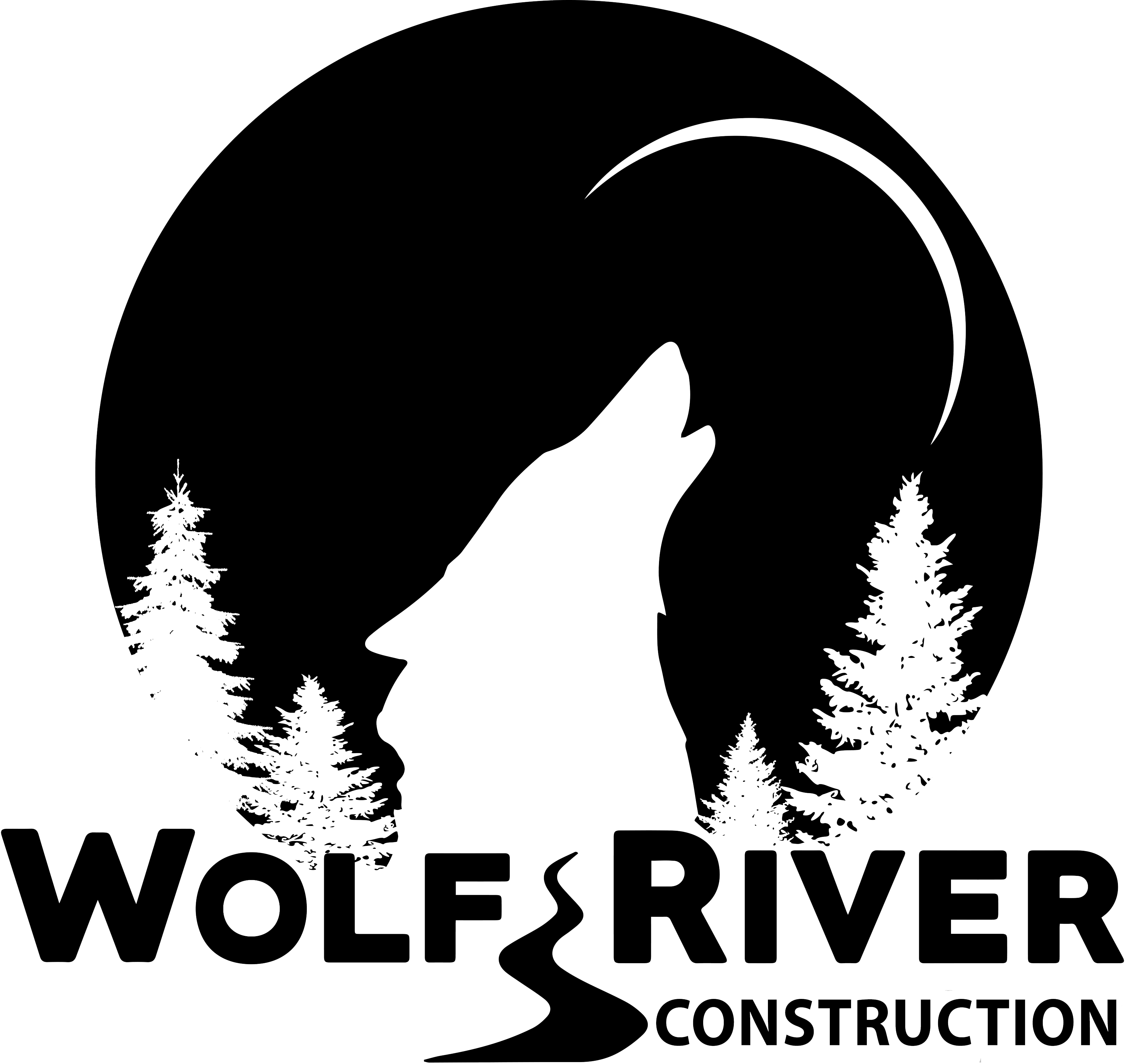How Long Do Metal Roofs Last?
What if we told you that your roof could outlast the trendiest tech gadget on the market? Believe it or not, a metal roof has the potential for a longer lifespan than you might imagine.
At Wolf River Construction, we’re experts in the roofing domain, and when it comes to durability, metal roofing is our forte. If you’ve been pondering the longevity of your shelter over the years, this post is tailor-made for you.
We will explore metal roofing, uncovering just how long these structures can endure and what factors contribute to their impressive longevity. Stay tuned for a journey into roofing resilience.
Types of Metal and Their Life Expectancy
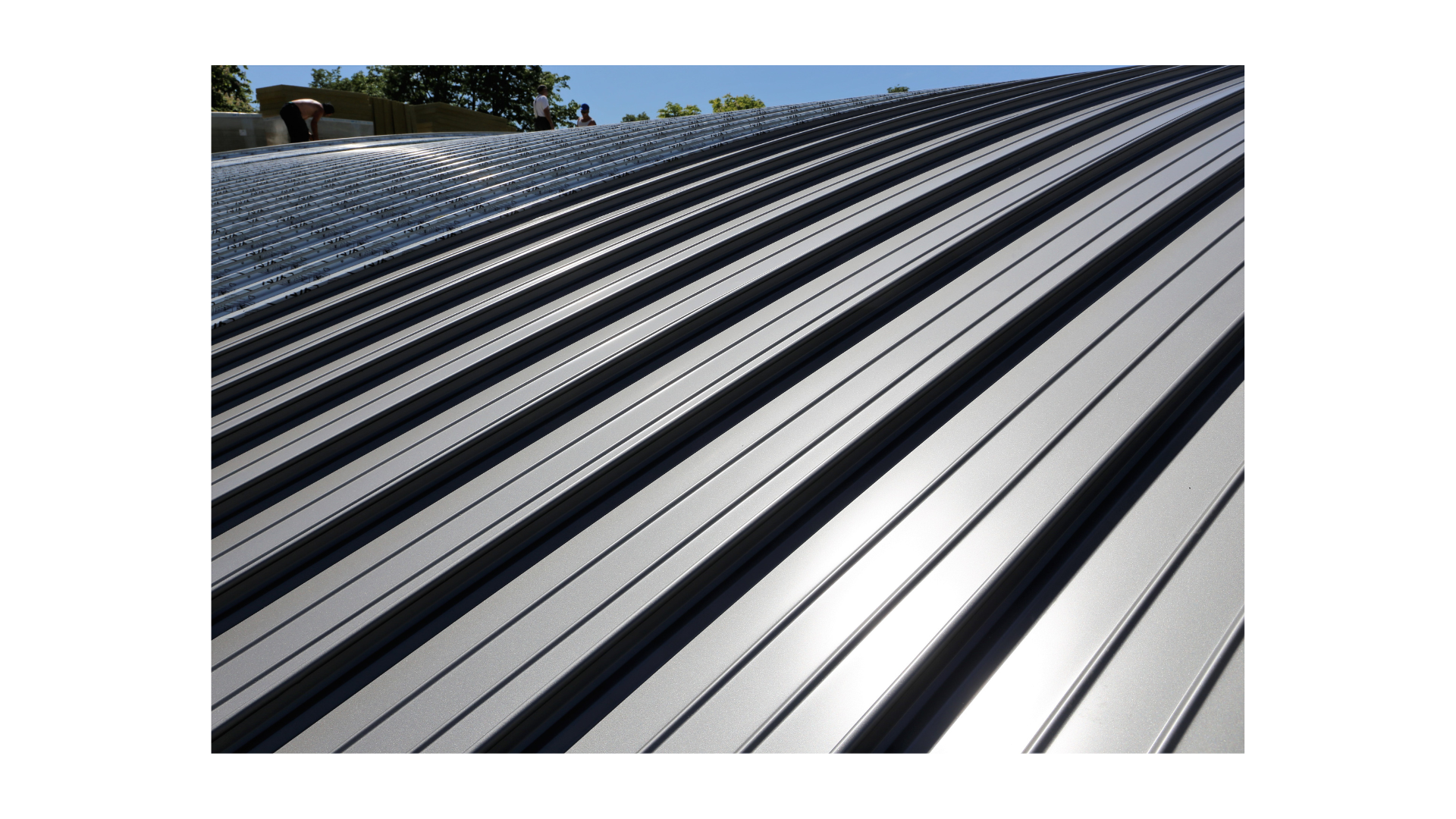
Aluminum Roofs
Aluminum roofs boast exceptional longevity due to the metal’s inherent corrosion resistance. With a life expectancy exceeding 50 years, aluminum roofs endure well in various climates. They resist rust and corrosion, even in coastal or highly humid areas. Additionally, aluminum is lightweight, reducing stress on the structure.
Steel Roofs
Steel roofs offer impressive durability, typically lasting 30 to 50 years. Galvanized steel roofs are coated with a layer of zinc, providing a protective barrier against rust and corrosion. However, the lifespan may vary depending on the specific steel type and coating applied.
Proper installation and maintenance, such as rust-resistant coatings and addressing any dents or damages promptly, significantly contribute to their longevity.
Copper Roofs
Copper roofs are renowned for their longevity, often lasting 70 to 100 years or more. This durability stems from copper’s resistance to corrosion, its ability to self-repair minor damages, and its aesthetic aging, known as a patina.
Over time, copper acquires a unique greenish hue, enhancing its visual appeal while maintaining structural integrity. Though initial costs are higher, the extended lifespan and minimal maintenance requirements make copper roofs a wise long-term investment.
Zinc Roofs
Zinc roofs offer impressive longevity, typically 50 to 100 years or more. Zinc naturally forms a protective layer known as zinc hydroxyl carbonate, which shields the metal from corrosion.
This protective layer renews itself over time, further enhancing the roof’s durability. Zinc roofs also have a charming aesthetic evolution, transitioning from a shiny appearance to a matte gray patina.
Factors that Affect How Long a Metal Roof Lasts
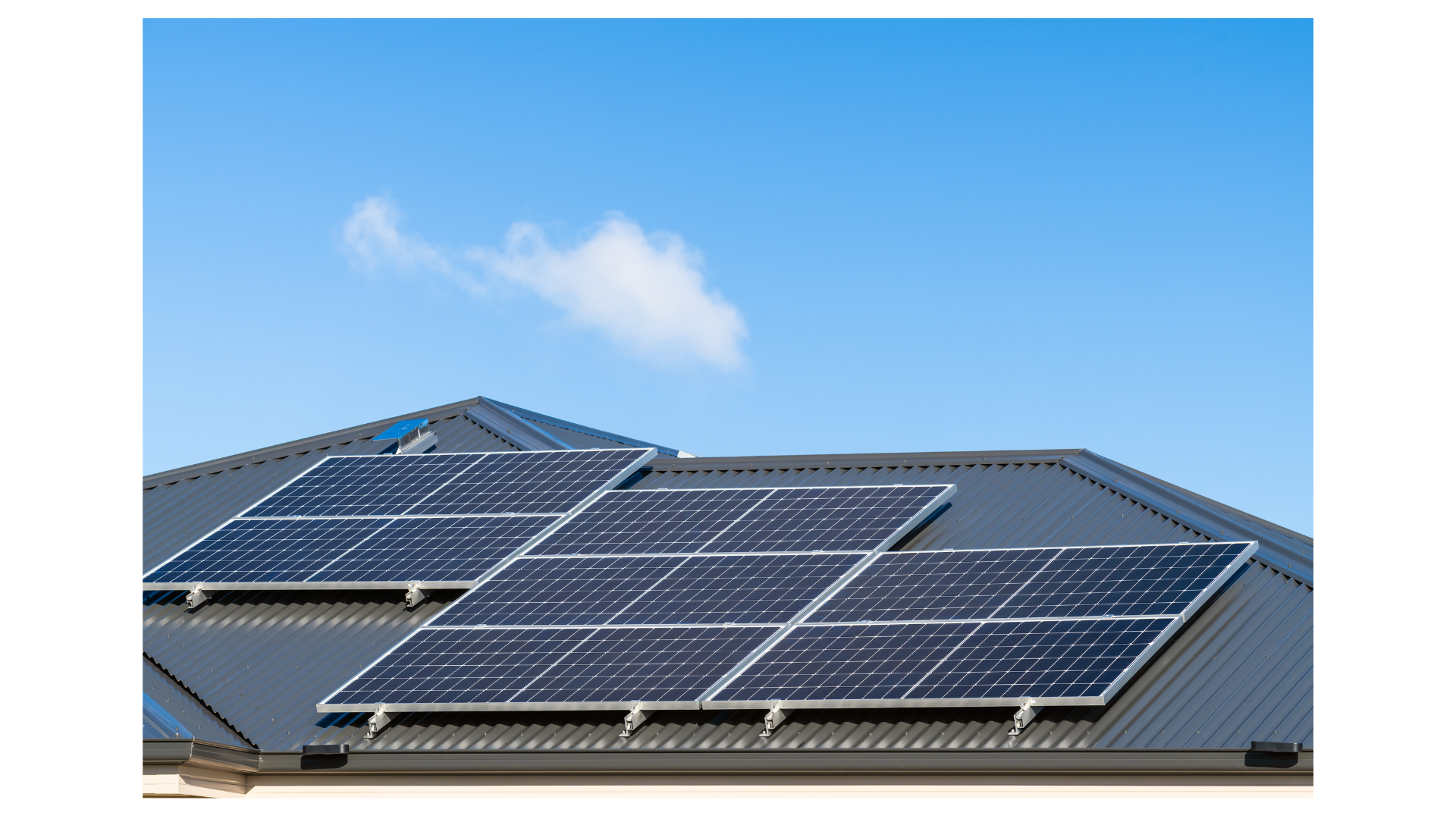
Climate and weather conditions
Extreme temperatures, constant exposure to UV rays, heavy precipitation, or high winds can accelerate wear and affect the protective coatings on the metal. In harsh environments, regular maintenance and appropriate coatings become crucial to mitigate these effects and ensure the metal roof endures for its expected lifespan.
Installation quality
A professionally installed roof with precise attention to detail ensures all components are correctly placed and sealed, preventing potential leaks and damage.
Improper installation, on the other hand, can lead to weak points, water infiltration, and premature deterioration. Invest in skilled and experienced roofing contractor to maximize the longevity of the metal roof.
Maintenance and care
Routine inspections, cleaning debris, and promptly addressing minor issues can prevent larger problems from developing. Coatings and sealants should be reapplied to maintain the roof’s protective layer.
Your well-maintained metal roofing material will surpass its expected lifespan, providing durability and cost-effectiveness in the long run.
Roof design and slope
Adequate slope facilitates proper water drainage, preventing water accumulation and potential water-related damage. The design should also consider factors like wind resistance and structural integrity, ensuring the roof can withstand the environmental stresses over its lifespan.
A well-designed metal roof that suits the climate and architectural requirements will likely last its intended duration.
Benefits of Metal Roofing
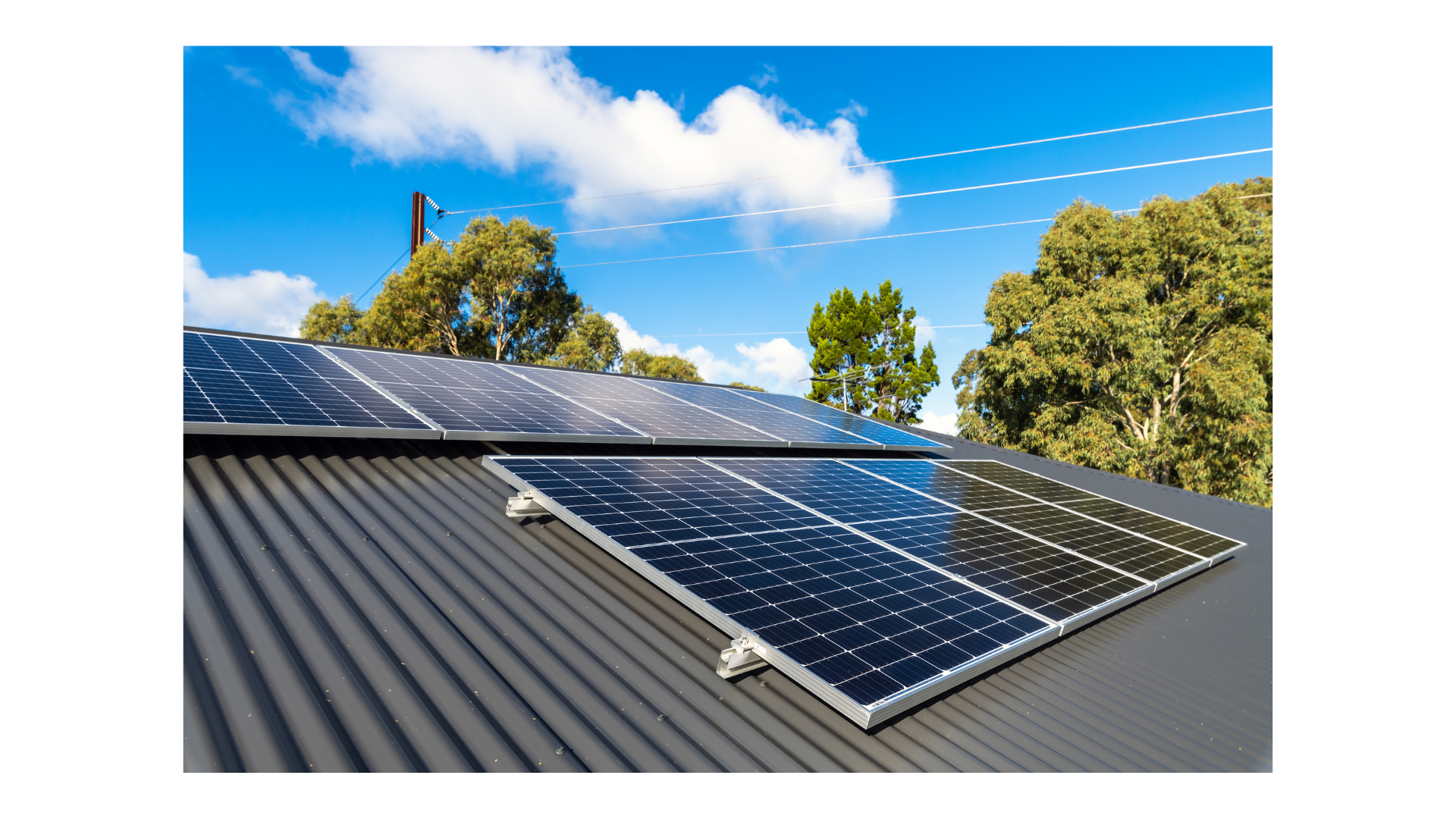
Durability
Metal roofing stands out for its exceptional durability. It can last 50 years or more, often outlasting traditional roofing materials like asphalt shingles. Metal roofs can withstand extreme weather conditions, including heavy rain, snow, hail, and high winds.
They are resistant to fire, mildew, rot, and insects, ensuring a long-lasting protective barrier for your home. This longevity translates to cost savings over the roof’s lifespan as it requires minimal repairs and replacements.
Energy efficiency
Metal roofs reflect the sun’s rays, preventing excessive heat absorption and keeping your home cooler. This reflective property improves energy efficiency by reducing the need for air conditioning during hot weather, lowering energy bills.
Besides, a metal roof system can be installed with insulation, enhancing thermal performance and making your home more energy-efficient year-round.
Environmental friendliness
Most metal roofs are made from recycled materials and can be recycled again at the end of their lifespan. Choosing metal roofing reduces the amount of waste in landfills and minimizes the depletion of natural resources.
The reflective properties of metal roofing contribute to less heat absorption, reducing the urban heat island effect and the overall energy consumption associated with cooling buildings.
It is a common myth that metal roofs attract lightning; however, they do not attract lightning. The material is a safe and widely used option in lightning-prone areas.
Extending the Lifespan of Metal Roofs
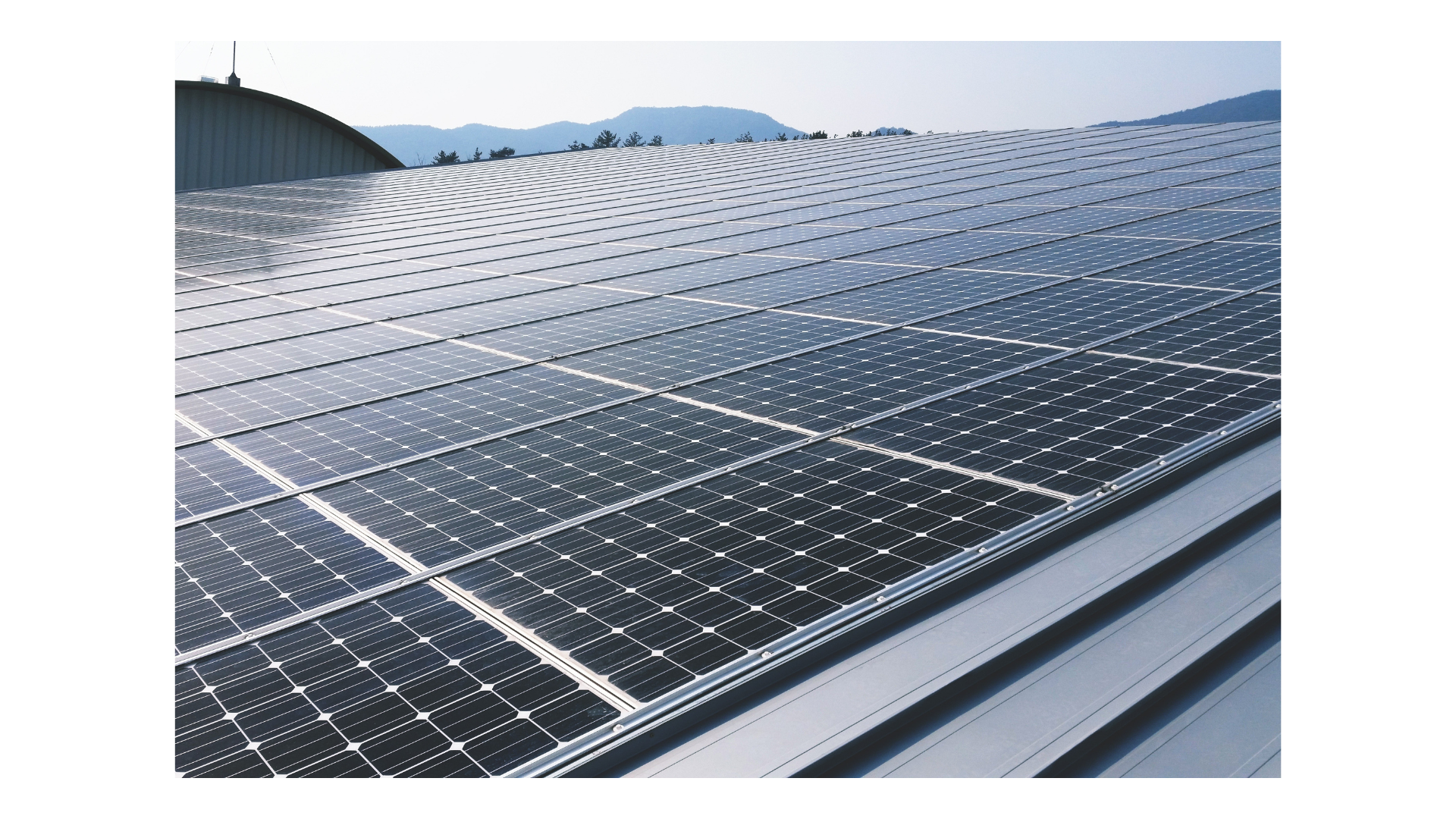
Regular inspections and maintenance
Regular roofing inspections are crucial to identify potential issues early and undertake necessary maintenance. Conduct inspections at least once or twice a year, checking for loose fasteners, seals, or any signs of rust or corrosion.
Addressing damages and repairs
Promptly address any damages or issues arising during the roof’s lifespan. Swift action can prevent further damage, whether it’s a dent from hail, a small leak, or a dislodged panel.
Regularly check for any loose screw down metal roof, damaged flashing, or disengaged seams, and promptly repair or replace affected components to maintain the roof’s integrity.
Coating and protective treatments
Applying protective coatings can significantly extend the life of a metal roof. These coatings act as a barrier, shielding the metal from harsh weather conditions, UV rays, and corrosive elements.
Depending on the type of coating, it can also enhance the roof’s energy efficiency and reflective properties.
Proper drainage system
Standing water or poor drainage can cause rust, corrosion, and deterioration over time. Regularly clean gutters, downspouts, and drains to prevent blockages and ensure water flows freely off the roof, minimizing damage risk and enhancing longevity.
Tree limb and debris management
Regularly trim overhanging tree limbs and remove debris such as leaves, branches, and other materials from the roof’s surface.
Accumulated debris can trap moisture and cause corrosion or damage to the metal surface. Keep the roof clear of debris to maintain its structural integrity and prolong its lifespan. This can also be beneficial if you have residential solar panels installed.
Comparing Metal Roofs with Other Roofing Materials
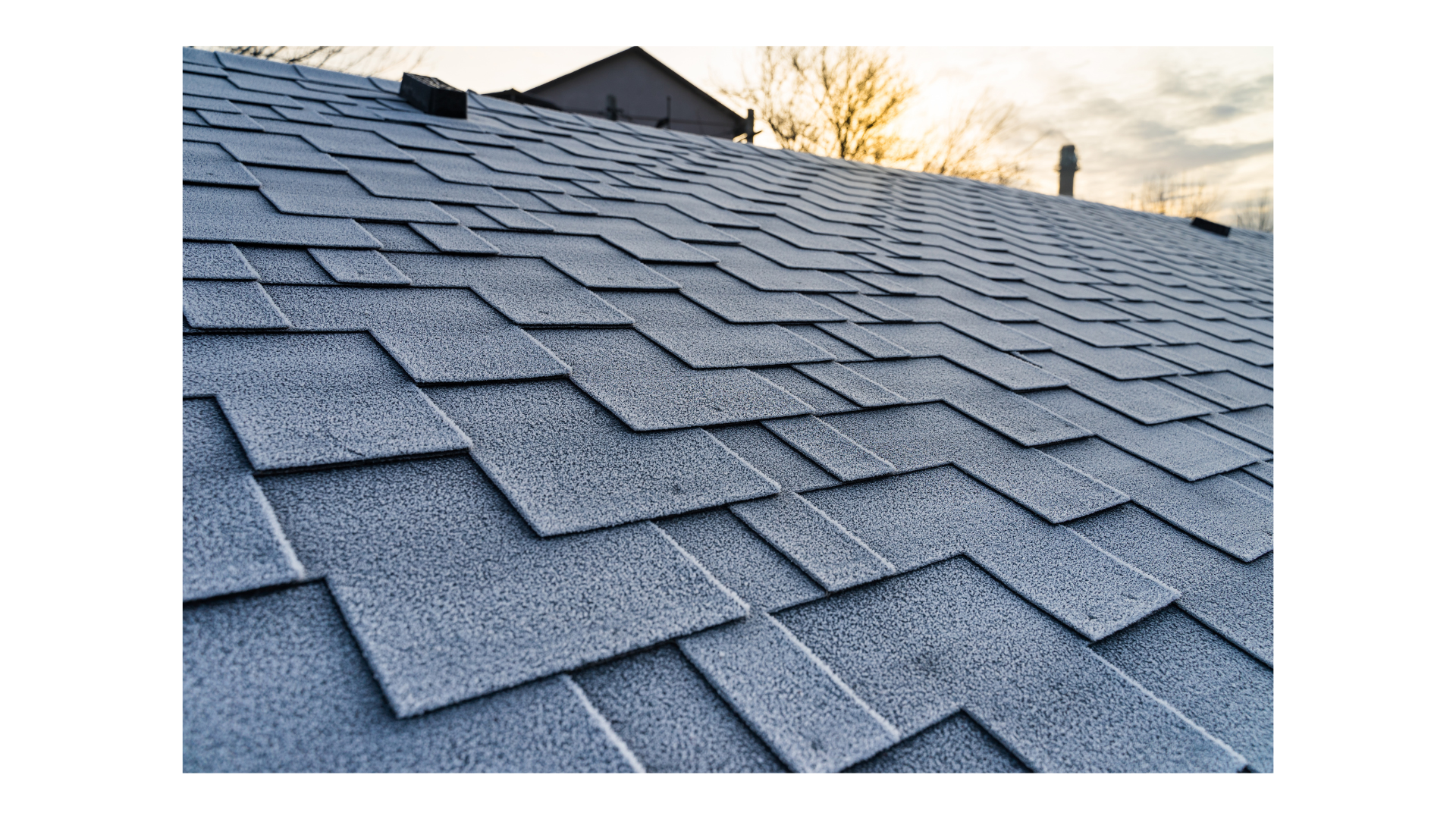
Asphalt shingles
Metal roofs, compared to asphalt shingles, offer superior durability. While asphalt shingles can last 20-30 years, metal roofs often last 50 years or more. Metal roofs are highly resistant to harsh weather conditions, including wind, hail, and extreme temperatures, providing a longer-lasting protective barrier.
Plus, metal roofs are more energy-efficient, reflecting solar heat and reducing cooling costs, an advantage over the heat-absorbing properties of asphalt shingles.
Tile and slate roofs
Metal roof systems mimic the aesthetics of tile and slate while being significantly lighter, reducing stress on the structure. Metal roofing is also easier and less expensive to install and maintain, making it a more cost-effective option.
While tile and slate roofs have a long lifespan, their weight can necessitate additional structural support, increasing the overall installation and maintenance cost.
Wood shakes
Wood shakes typically last 20-30 years, whereas metal roofs can easily double or triple that lifespan. Metal roofs require less maintenance and can withstand extreme weather conditions better than wood shakes.
Metal roofing is also an eco-friendly option, as it can be recycled at the end of its lifespan, while wood shakes contribute to deforestation.
Conclusion
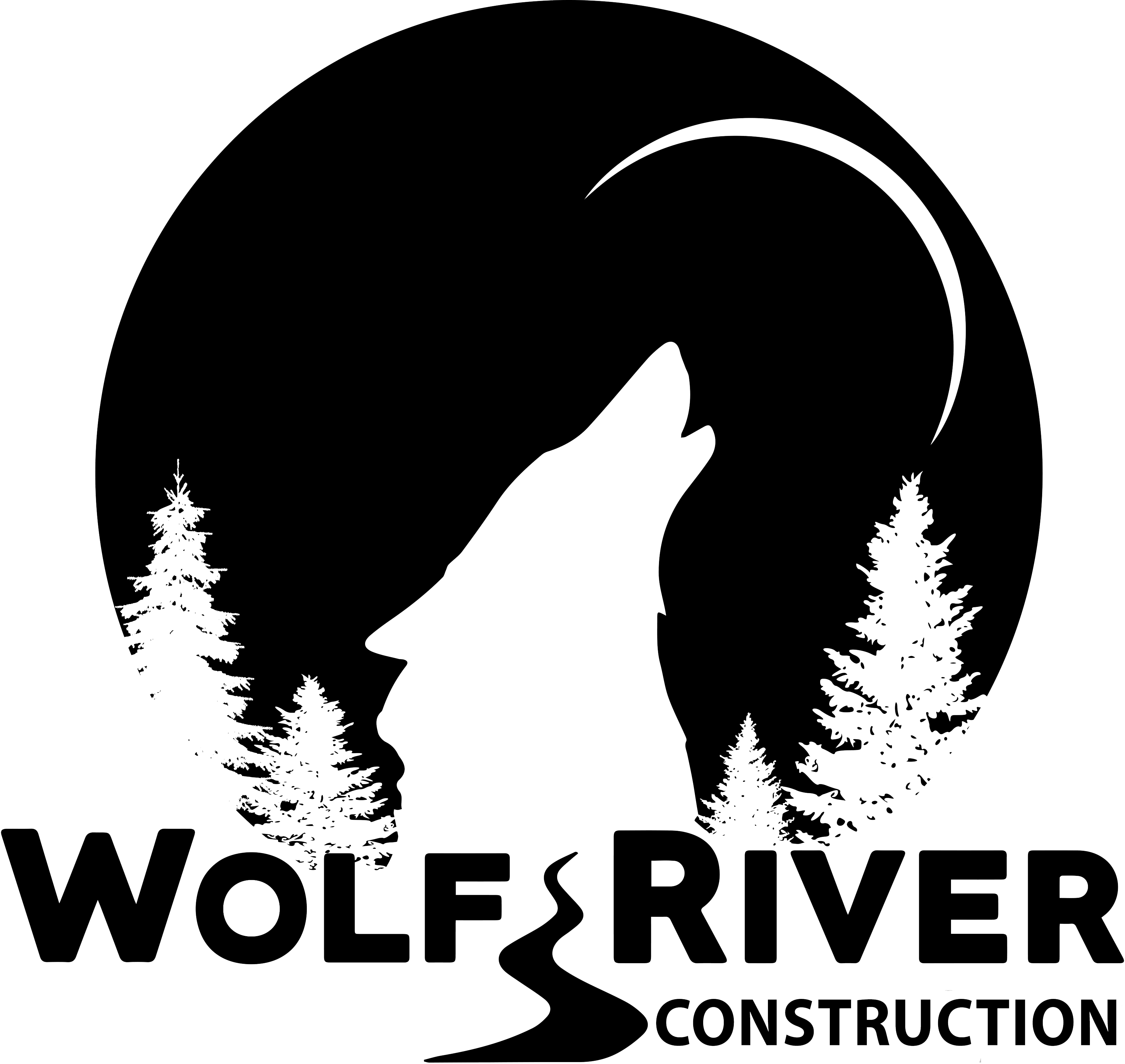
As we conclude our exploration, metal roofs are all about lasting long. A well-installed and maintained metal roof can transcend generations, defying the passage of time.
Our expertise at Wolf River Construction reaffirms this fact: metal roofs stand as paragons of endurance. A metal roof isn’t merely an overhead shield, but a timeless investment, a legacy of strength that promises a worry-free tomorrow.
Embrace the longevity, embrace the future, embrace the steadfastness of a metal roof.
FAQs
Metal roofs can last a lifetime, often exceeding 50 years. Proper installation, quality material, and regular maintenance significantly enhance their longevity. Factors like climate and maintenance practices influence the roof’s overall durability, ensuring it stands the test of time.
Harsh climates with extreme temperatures, heavy precipitation, or corrosive elements may accelerate wear and reduce longevity. Good news! Proper coatings and insulation can mitigate these effects, enhancing the roof’s durability and maintaining its intended lifespan.
Watch for signs like widespread rust, visible holes, loose seams, loose metal panels, or consistent leaks. If the paint peels or the roof appears significantly weathered, replacement may be necessary. Regular inspections and addressing issues promptly can extend the roof’s lifespan and minimize replacement needs.
Standing seam metal roofs can last 50 years or more, often exceeding 70 years with proper maintenance and care. Its durability stems from corrosion resistance, structural integrity, and ability to withstand harsh weather conditions
Yes, it’s possible to install a new metal roof over an existing one, known as a re-roof. However, it’s crucial to assess the current roof’s condition, ensure it’s structurally sound, and follow local building codes. Proper preparation and installation are vital for a successful re-roofing project.

